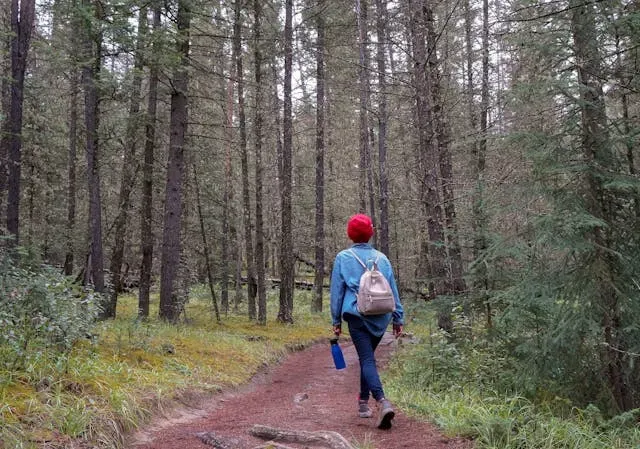
Forest Bathing
Discover how Forest Bathing (shinrin-yoku) can enhance patient outcomes. Learn to utilize this Japanese practice to improve mental and physical health.
Get carepatron free
Commonly asked questions
Forest Bathing can be done in any natural environment, such as an urban park, green space, or nearby park.
Forest Bathing enhances immune function by increasing natural killer (NK) cell activity, which helps reduce infections and cancer risks.
Patients may feel relaxed, calm, and more mindful during Forest Bathing. Forest medicine reduces stress and can significantly improve mood and sleep quality.







